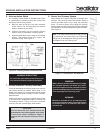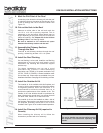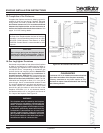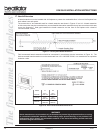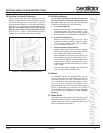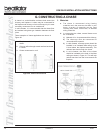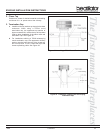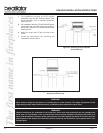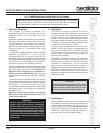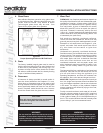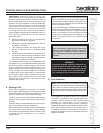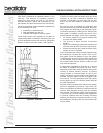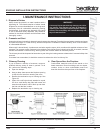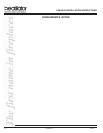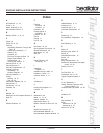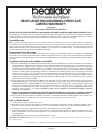
08/04 17335 Rev L 29
E36/39/42 INSTALLATION INSTRUCTIONS
I. MAINTENANCE INSTRUCTIONS
WARNING!
A chimney fire can permanently damage your chim-
ney system. This damage can only be repaired by
replacing the damaged component parts. Chimney
fires are not covered by the Limited Warranty and
Buyer Protection Plan.
Figure 28 - Chimney & Termination Cap Cleaning
2. Creosote and Soot
Inspect the chimney internally for obstructions and construction damage. Flue pipe joints and seams must be continuous
and mechanical tight. In a used chimney, additional inspection is needed for creosote buildup, which is the formation
of a flammable sediment.
When wood is burned slowly, it produces tar and other organic vapors, which combine with expelled moisture to form
creosote. The creosote vapors condense in the relatively cool chimney flue of a slow-burning fire. As a result, creosote
residue accumulates on the flue lining. When ignited, this creosote makes an extremely hot fire.
The chimney should be inspected at least twice a year during the heating season to determine if creosote buildup has
occurred.
If creosote has accumulated, it should be removed to reduce the risk of a chimney fire.
3. Chimney Cleaning
If you do detect a buildup of creosote, contact a
qualified chimney sweep or clean it yourself. To do
this, perform the following steps:
a. Open the damper.
b. Hang a damp sheet across the fireplace opening
to stop dirt and soot from entering the room.
c. Remove the termination cap or housing top. See
Figure 28.
d. Clean with a stiff nylon brush attached to a pole
OR tie a small burlap bag filled with straw and
several small stones or sand. Work up and down
the flue until the flue is clean.
e. Replace the termination cap or housing top.
4. Clear Space Near the Fireplace
Combustible materials must not be stored on the
hearth extension. Room furnishings such as drapes,
curtains, chairs, or other combustibles must be at
least four feet from the open front of the fireplace.
1. Disposal of Ashes
Ashes should be placed in a metal container with a
tight-fitting lid. The closed container of ashes should
be placed on a noncombustible floor or on the ground,
well away from all combustible materials, pending
final disposal. If the ashes are disposed of by burial
in soil or otherwise locally dispersed, they should be
retained in the closed container until all embers have
thoroughly cooled.



